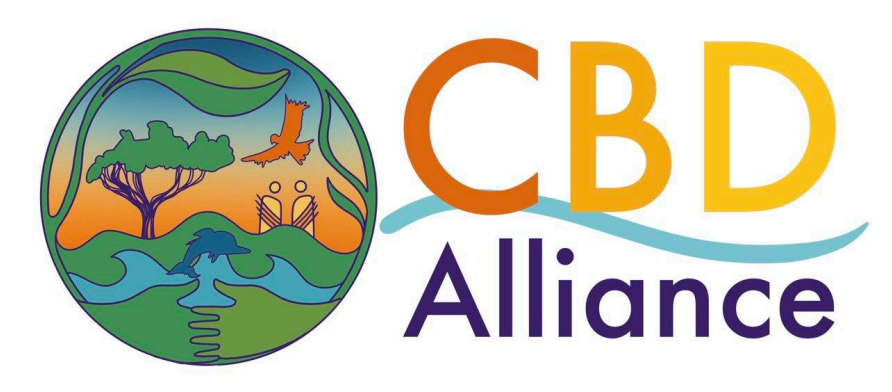WilmerLucitante Criollo, UDAPT
Around the world, indigenous peoples and local communities are suffering a double attack: on the one hand, extractive projects by transnational companies that devastate their territories and, on the other, human rights violations that occur when they resist. The destruction of biodiversity and the denial of collective rights are two sides of the same coin, both driven by a global economic model that prioritizes investment over human and collective rights and the lives of indigenous communities.
Transnational corporations are primarily responsible for biodiversity loss. Large-scale mining, industrial agriculture, oil and gas extraction, and infrastructure mega projects fragment ecosystems, poison water, soil and air, and push species toward extinction. These activities are not isolated accidents, but systemic characteristics of an extractive economy. For indigenous peoples, whose territories contain much of the world's remaining biodiversity, the consequences are devastating. Their ways ofl ife depend on forests, rivers, and soils, but these are often taken away or destroyed without their free, prior, and informed consent.
When indigenous communities resist, they face intimidation, criminalisation of social protest and violence. Their leaders are being killed at an alarming rate, with mining, agribusiness and logging being the deadliest sectors. Each attack on defenders weakens community control over land, paving the way for further environmental destruction. The resulting loss of traditional governance, knowledge and management directly accelerates biodiversity decline. This pattern reveals that when the collective rights of indigenous peoples are eroded, biodiversity is affected.
The destruction and violation of rights by Chevron/Texaco in the Amazon
The Chevron-Texaco case in Ecuador is one of the most serious examples of collective rights violations, environmental devastation and corporate impunity in Latin America. Between 1964 and 1992, the oil company dumped more than 60 billion litres of toxic waste and 600,000 barrels of crude oil in the Ecuadorian Amazon, contaminating 25,000 km2 of forest and affecting more than 30,000 people from the Waorani, Siekopai, Siona, A'i Kofán, Shuar and Kichwa peoples, as well as local farming communities. The pollution destroyed rivers, soils and livelihoods, causing disease, displacement and the loss of ancestral cultures. In 2018, the Constitutional Court of Ecuador recognised the victims and ordered Chevron to pay $9.5 billion in reparations. However, the company evaded its responsibility through international ISDS arbitration, which forced the Ecuadorian state to pay compensation of two to three billion dollars for violating investment treaties and damaging Chevron/Texaco's image.
In turn, the Ecuadorian state passes on this injustice to those affected, who initiated the lawsuit seeking reparation and justice. As a result, the Union of People Affected by Texaco's Oil Operations (UDAPT) – an organisation of affected Amazonian communities – has been subjected to institutional repression and political persecution, and is now suffering the arbitrary freezing of its bank accounts without a court order or valid intelligence report . At least ten social, indigenous and environmental organisations face similar measures, in a context aggravated by the Organic Law on Social Transparency, which restricts the actions of organisations defending the territory and contradicts the constitutional right to resistance. These actions violate fundamental freedoms such as due process, legitimate defence and freedom of association, and reflect a state strategy aimed at silencing the defence of the environment and indigenous peoples.
The Chevron-Texaco case transcends the local level: it is a symbol of the global crisis of environmental justice and corporate power over the rights of peoples and nature. Amazonian communities continue to defend their territory and their lives, despite attempts to delegitimize and halt their struggle.
The CBD and its member countries must consider this case as an example of corporate damage that violates rights and destroys ecosystems. In order to meet the objectives of the CBD and the 8J, it is urgent to address these processes of structural damage.
The United Nations has already drawn attention to this case.
